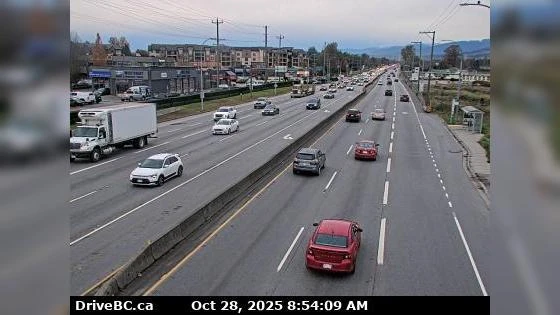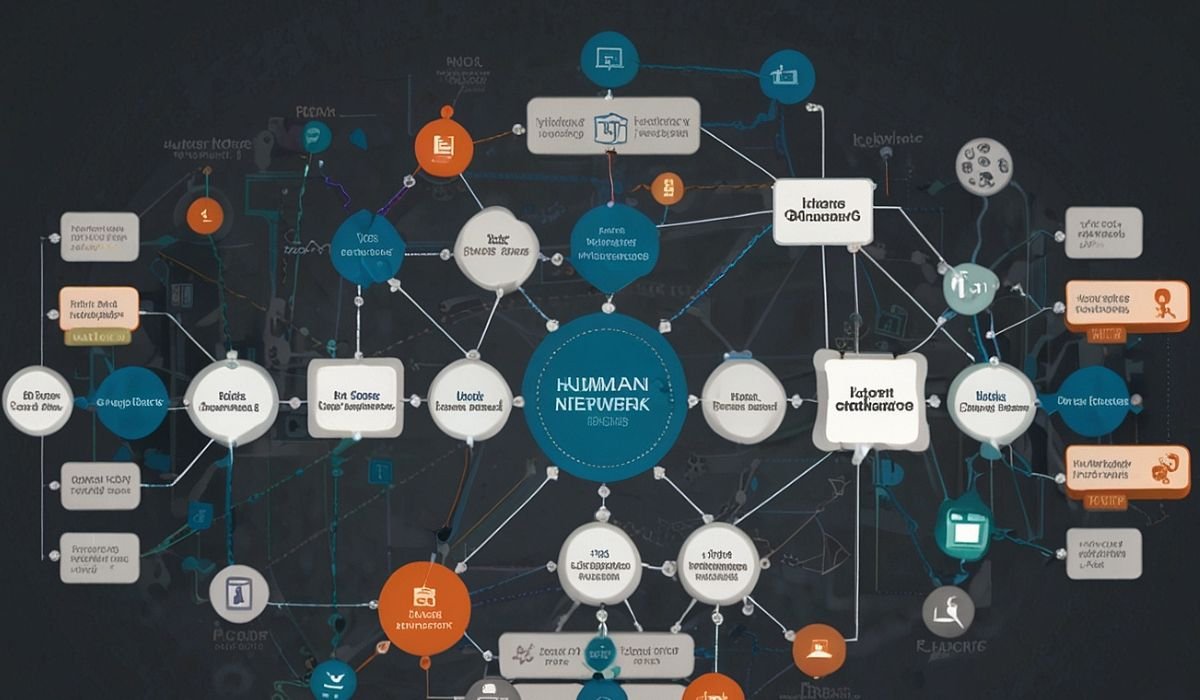Most drivers rely on regular GPS apps and weather forecasts to plan their trips, but those tools often miss what’s happening right on the road.
A map might show clear traffic, but the road pavement could be icy. A forecast might say light snow, but visibility could be near zero. Drivers often head out without knowing what they’re actually driving into. That leads to missed turns, sketchy stops, and long delays.
So, what’s the fix?
It’s simple: check the road yourself through live highway cameras that show you what’s really happening. Most states offer free access to these feeds. You don’t need to download anything or sign up. Just open your browser and take a look.
What These Cameras Actually Show
Live road feeds are one of the few tools that give you direct access to the road itself. They don’t rely on third-party data or delayed updates. They show you the actual conditions, exactly where you plan to drive. That kind of access is rare, especially in a world where most travel tools are built around estimates and averages.
These feeds are simple, but powerful. They let you make decisions based on what you see, not what someone else reports.
Let’s say you’re heading east through the mountains. Before you go, you pull up West Virginia traffic cameras to see if the pass is clear. Maybe you’re driving through Iowa during a storm. A quick look at Iowa highway cameras shows you which stretches are already snow-covered and which ones are still safe.
This kind of check takes less than a minute, but it can save hours of frustration. It can also help you avoid risky stops, bad detours, or weather that turns dangerous fast.
You might notice a section where traffic is slowing down or see headlights cutting through heavy fog. You could spot a rest area that looks full or a ramp that hasn’t been plowed yet.

These details help you adjust your timing, choose safer exits, or even delay your departure by an hour. It’s not about watching every mile of road. It’s about knowing what’s ahead and making smarter choices before you get there. That kind of awareness turns a routine drive into a well-informed one.
Make Road Feeds Part of Your Daily Prep
Once you’ve seen how useful these feeds can be, the next step is making them part of your routine. You don’t need to overthink it or build a complicated system. Just start simple and keep it practical.
Here’s how to get started:
1. Search “[state] DOT traffic cameras”.
2. Find the map or list of live feeds.
3. Bookmark the ones you use often.
4. Check them before you leave, not after you’re already stuck.
When to Use These Cameras
You don’t have to check cameras every time you drive. But there are certain situations where they’re especially helpful.
Here are a few examples:
– Before a long trip, especially in winter or during storm season.
– When driving through rural areas with limited services.
– If you’re planning to stop at a rest area, and want to see if it’s full.
– When choosing between two possible routes.
– If you’re driving at night, and want to check the lighting and traffic.
– During holidays or peak travel times, when roads are busier than usual.
Even if you only use them once in a while, they can help you avoid trouble and make smarter choices.
States with Strong Camera Coverage
Some states have better camera networks than others. If you’re driving through these areas, it’s worth checking what’s available:
1. Iowa: Great coverage in rural areas and along major highways.
2. Colorado: Useful for mountain passes and ski routes.
3. West Virginia: Helpful for winding roads and elevation changes.
4. Washington: Good for fog-prone coastal routes and ferry terminals.
5. Texas: Valuable for storm tracking and flood-prone highways.
Of course, many other states offer solid coverage too. It’s worth exploring your local DOT site to see what’s available.
So next time you’re heading out, whether it’s just across town or a few hundred miles, take a moment to check the road yourself. It’s a small step that can make a huge difference.
Good luck
READ ALSO: The Future of Urban Mobility: How Smart Traffic Systems Are Revolutionising City Transport











